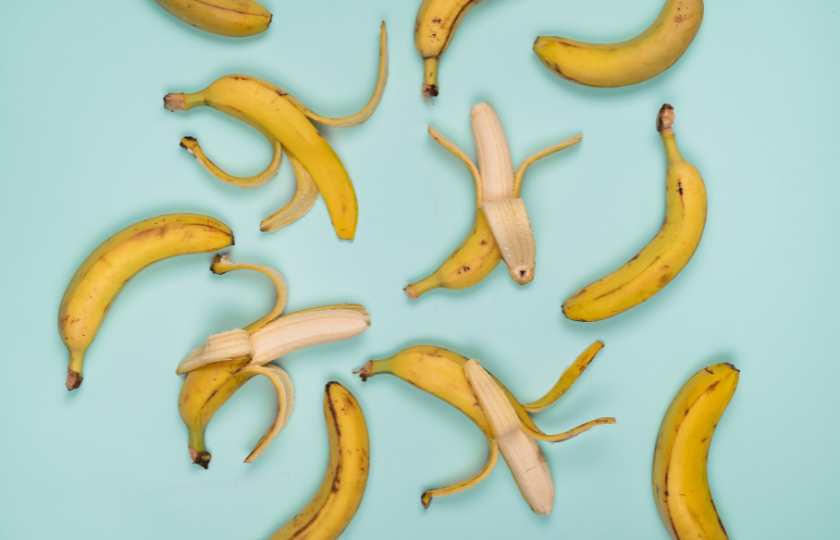Scientists from École Polytechnique Fédérale de Lausanne (EPFL) Switzerland have developed a way to maximise hydrogen production from biowaste using a method that “splits” hydrogen gas and solid conductive carbon from banana peels.
The planet’s constant consumption of fossil fuels because of the never-ending demand for energy has caused a massive rise in greenhouse gas emissions, affecting the environment. Scientists have been searching for a viable alternative for renewable energy sources to address this.
Hydrogen, produced from organic waste or “biomass” of plants and animals, is the main candidate as an alternative energy source. The biomass can absorb, remove, and store CO2 from the atmosphere, while decomposition can bring fewer greenhouse gases.
While most biomass plants today primarily use wood as a waste source, the new process would allow other types of organic waste, such as compostable household waste, making the entire conversion process even more eco-friendly.
There are currently two main methods for converting biomass into energy: gasification and pyrolysis.
Gasification puts solid or liquid biomass at temperatures around 1000°C, converting it into gas and solid compounds; the gas is called “syngas” while the solid is “biochar.” Pyrolysis is similar to gasification, except biomass is heated at lower temperatures, between 400-800°C.
Syngas is a combination of hydrogen, carbon monoxide, methane, other hydrocarbons, and those used as “biofuel” to generate electricity. On the other hand, biochar is solid carbon waste used in agriculture applications.
Led by Professor Hubert Girault at EPFL’s School of Basic Sciences, the new method conducts flashlight pyrolysis using a Xenon lamp, commonly used for curing inks for printed electronics.
The flashing technique was used on different types of biomass: corn cobs, banana peels, corn cobs, coffee beans, orange peels, and coconut shells, all of which were initially dried at 105°C for 24 hours and then ground and sieved to a thin powder.
According to Girault, the new method extracts not only more valuable syngas but also biochar that can be repurposed in other applications. Each kg of dried biomass can generate around 100 liars of hydrogen and 330g of biochar.
“The relevance of our work is further heightened by the fact that we are indirectly capturing CO2 stores from the atmosphere for years,” explained Bhawna Nagar, who worked on the study.
“We have converted that into useful end products in no time using a Xenon flash lamp.”



